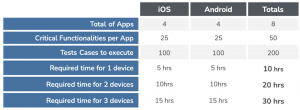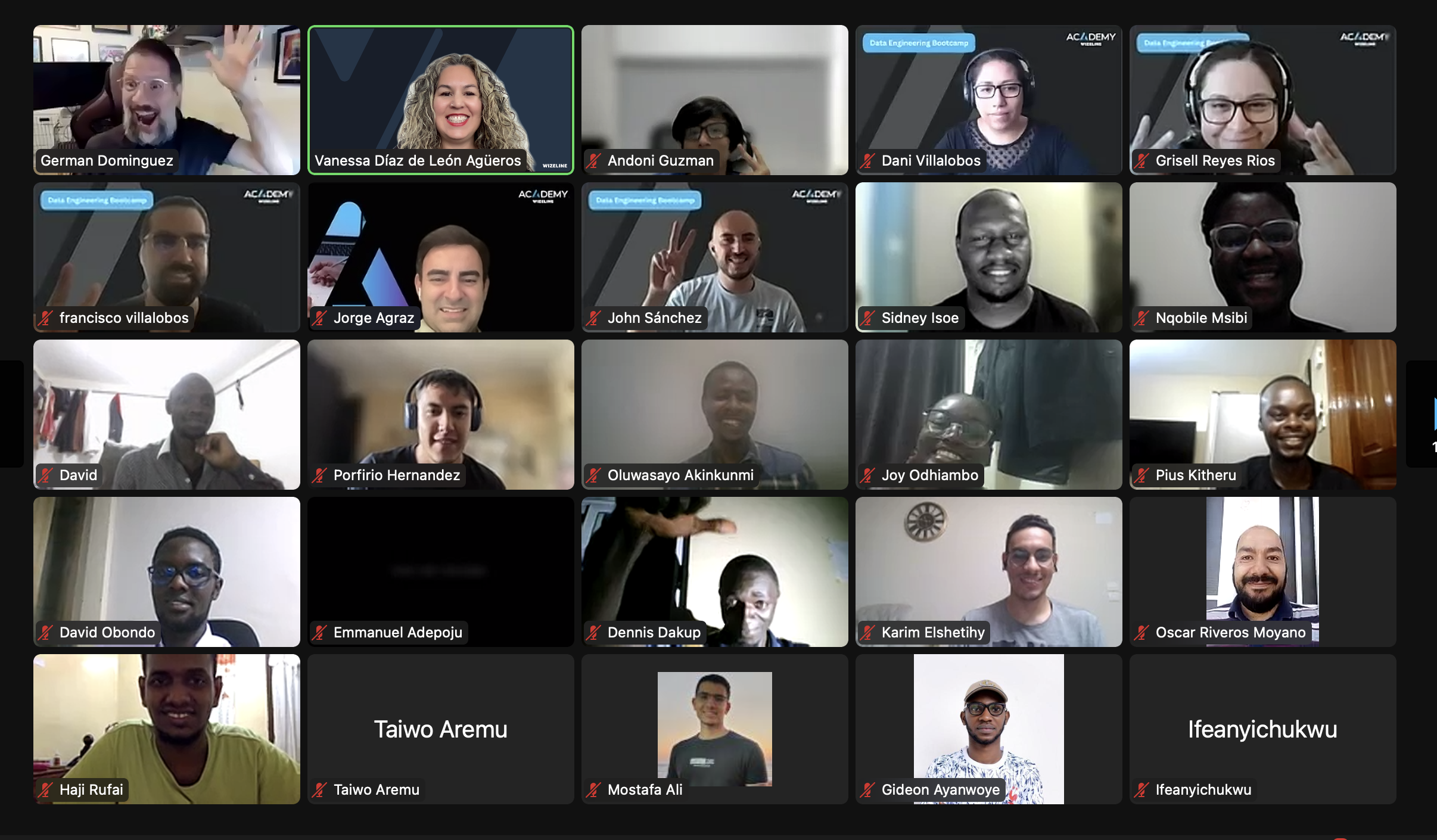All QA engineers have been there – the moment when it’s necessary to talk to a client about why automation testing must be implemented and how it should be done.
Some time ago, I was promoted into a leadership position in which I am in charge of a QA automation framework’s architecture and the team working on it. One day, I was notified that I had to present the current status of the automation initiative and convince the client’s upper management that this project was vital and we needed more people to help with it.
I can say from experience that upper management is not always the most receptive to such requests, which is why I’ve decided to share what I’ve learned about how to effectively convey the importance and value of automation testing to clients and company leaders. I’ll do so by offering some do’s and don’ts and connecting them back to my own experience.
Set a Goal for What You Want to Achieve
This could be as simple as giving a brief overview of what you are working on, or it could mean going deeper into the status of your project. In any case, outlining a clear objective will help you establish what information you need your audience to understand or have in mind before diving into your main topic.
It can be difficult to avoid presenting overly complex technical information or speaking in high-level terms about something you’re an expert on. However, it’s important to remember that the people in charge of projects (or the ones who provide the financial backing) may not be familiar with the technical concepts. Imagine you are explaining the project to a family member with very limited technical knowledge.
In my example, I started explaining the software development life cycle, providing the necessary background information so my audience was able to understand where the testing process was present and how my team was improving it by implementing an automation framework.
Establish the Problem to Be Solved
Using very positive and cheerful language, explain the problem the client currently faces. Perform an analysis of the present situation and record hard data like the amount of time it takes to finish a certain testing task, expressed in person-hours. This will give them an idea of why improvements are needed. Try to be a little bit dramatic, but not too much; remember that you are talking about their product – their baby – and nobody likes when someone talks badly about something they created.
Here, I basically talked about the shortcomings of the manual testing process – there were plenty of test cases being executed every time a new version of the product was released, and the amount of work was extreme. Then, I introduced some basic concepts around QA automation to set the stage for my explanation of our proposed solution.
Discuss the Proposed Solution
Now that the audience knows how bad or urgent the situation is, it’s time to show exactly how your solution can come to the rescue. Talk about how you plan to solve the problem in terms of how you will improve the situation. Compare the metrics from the previous section with the ones your proposed solution will bring about. Here is where you will get the chance to really grab the audience’s attention and make your work shine. In my case, I presented a graph showing the significant cumulative cost savings advantage to be gained by implementing automated testing.
Since I can’t reveal any sensitive information about the specific project I’ve been referring to, let’s look at another example to demonstrate how you might present the potential positive impacts of your proposed solution.
Imagine that you are about to launch a new version of a mobile app on the iOS and Android platforms. The backend of the application was also changed, so you need to test the previous versions of the app as well.
The app has the following installation statistics:
In dark gray, we can see the different versions of the app. The 2.5.1 version shows as 0% since it’s the new app that is about to be released to the mobile app stores.
You may be wondering, why do I have to check old versions of the app? Well, in the mobile app world, there is something called update adoption time, which basically means how quickly the users update the app you release. Since the introduced change also affects the backend of the application, you need to be sure that the users still using older versions of the app are able to continue doing so without any issues.
Now assume that each manual test takes around three minutes to complete, and we have a total of 25 critical functionalities to check per app. We have a total of four app versions to test on each platform (three previous ones plus the one that is about to be released), which amounts to 200 test cases to execute (100 in iOS and 100 in Android). Therefore, we need a total of 10 hours to perform this testing on a single device. (Keep in mind that these are only the critical functionalities of the app – after 10 hours, we still won’t have started testing the new features of the app.)
This means that if we have one person dedicated to these testing tasks, he/she will have to work for more than a day to be able to provide feedback to the developers.
Why execute tests on more than one device? A very good practice in the mobile testing world is to execute the most critical test cases on more than one device per platform. But, if we do this manually, the amount of time and labor needed becomes exponential.
This is where the automation framework kicks in – those hours upon hours can become mere minutes if we parallel execute those test cases on several devices at the same time! The point here is that presenting a comparison with data such as this can make a very convincing case for your proposed solution.
Conclude with a Summary of Key Points
In one of the last slides, include a bulleted list of the main points that were covered in your presentation. This will help to ensure your audience remembers what you have shared and understands how your solution can improve (or already has improved) their situation.
In the above example, I would end the presentation by summarizing the benefits of the QA automation framework, including how the solution would allow the team to save time and money while increasing the quality of the mobile application.
Remember: Practice Makes Perfect
Presenting is something that I’d recommend practicing over and over again in order to get more comfortable and confident. Another thing I’d suggest is to have a script already prepared instead of improvising. Having a script will help you feel ready to present and to answer questions if needed. Something that happens to me is that if for some reason I forget the meaning of an image or word in a presentation, I start to get nervous – but, having a script to consult always helps me here.
Remember to have fun in the process; it will surely not be the last time you present, and I can assure you that you will come to enjoy it a lot as you gain experience.
Happy testing!
Become Part of Our Talented Team
If you are looking for an incredible opportunity and a great company, Wizeline may be the perfect place for you. I invite you to follow us on LinkedIn @Wizeline and @WizelineAcademy to find information about upcoming bootcamps for IT professionals who want to keep expanding their skills.
Also, why not give yourself the opportunity to become a Wizeliner? We have open roles for engineers in Colombia, Mexico, Vietnam, and Spain. Apply here today if you’re interested in joining our global team.










